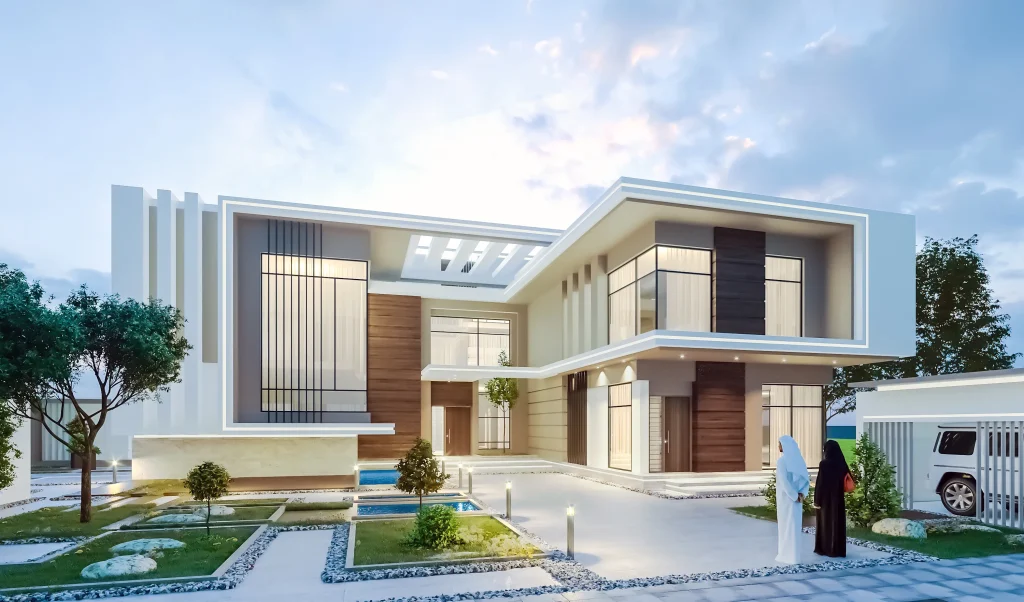Dhaka is more than a city; it’s a throbbing, relentless engine of ambition. It’s a place where millions come to build their dreams. Yet, for a vast majority of its residents, the most fundamental dream of all—a safe, secure, and affordable place to call home—is becoming an impossible quest. As the city’s population swells, the gap between the need for housing and its availability has stretched into a crisis, particularly for the low- and middle-income families who form the backbone of this megacity.
This isn’t just about buildings; it’s about the very fabric of our society. How can a city thrive when its teachers, nurses, small business owners, and factory workers are priced out of a decent life? Let’s explore the roots of this crisis and the potential pathways to building a more inclusive Dhaka.
The Anatomy of the Crisis: Why is a Home in Dhaka So Expensive?
The struggle for affordable housing in Dhaka is not a single problem but a tangled web of economic and social factors.
- The Tyranny of Land Prices: The primary obstacle is the astronomical cost of land. In a city packed with over 23 million people, land is the ultimate luxury. Its soaring value means that from the get-go, any housing project is starting on an incredibly expensive footing, making it nearly impossible for developers to build and sell homes at a price point accessible to the average citizen.
- The Urban Magnet: Dhaka’s magnetic pull for job seekers from across Bangladesh leads to relentless and often unplanned urbanization. This constant influx puts immense pressure on housing, forcing many into overcrowded, substandard living conditions or informal settlements that lack basic services.
- The “Missing Middle” Housing Gap: The housing market is largely polarized. On one end, you have luxury apartments for the affluent. On the other, NGOs and some government efforts focus on the poorest of the poor. But what about the vast majority in between? This “missing middle”—garment workers, office clerks, young professionals—earns too much to qualify for poverty-alleviation housing but not nearly enough to afford a market-rate apartment.
- Financing Roadblocks: For most people, buying a home means getting a loan. However, a lack of accessible and affordable long-term housing finance is a major hurdle. High-interest rates, hefty down payment requirements, and complex application processes shut the door on homeownership for many deserving families.
Glimmers of Hope: Current Initiatives
Despite the scale of the challenge, the conversation is shifting, and there are efforts underway to turn the tide.
- Government Projects: The government, through bodies like the Rajdhani Unnayan Kartripakkha (RAJUK) and the National Housing Authority (NHA), has initiated large-scale apartment projects. The Uttara Apartment Project, for example, was a step towards providing flats for the middle-income group. While these projects are commendable, their output is a mere drop in the ocean compared to the city’s overwhelming demand.
- The Rise of Public-Private Partnerships (PPPs): There is a growing understanding that the government cannot solve this crisis alone. The model of Public-Private Partnerships (PPPs) is gaining traction. The goal is to blend the social responsibility and land resources of the public sector with the efficiency, technology, and capital of the private sector to develop affordable housing projects on a larger scale.
- Innovation in Construction: To tackle high costs, some are looking towards innovative and sustainable construction technologies. The use of locally sourced materials, prefabricated building components, and cost-effective design can significantly reduce the overall price of a home, making it more affordable without compromising on quality.
Building the Future: A Roadmap for an Affordable Dhaka
Solving Dhaka’s housing crisis requires a bold, multi-pronged strategy that goes beyond just constructing buildings.
- Decentralize and Develop: We must ease the pressure on Dhaka. This means creating well-planned satellite cities with their own economic hubs, quality schools, healthcare, and excellent transport links to the capital. Making other urban centers attractive is crucial to managing migration.
- Unlock Public Land: The government is one of the largest landowners. By identifying and releasing underutilized public land for dedicated affordable housing projects, it can significantly lower the entry barrier for developers and, consequently, for homebuyers.
- Incentivize the Private Sector: The government can play a powerful role in steering the private sector towards affordability. Offering incentives like tax breaks, allowing for increased building height (density bonus) in exchange for a percentage of affordable units, and fast-tracking approvals for such projects can make it a financially viable and attractive proposition for developers.
- Rethink Housing Finance: We need a revolution in housing finance. This includes encouraging financial institutions to create dedicated micro-mortgage products, government-backed loan guarantees to reduce risk, and promoting rent-to-own schemes that provide a clear path to homeownership.
A home is the foundation upon which families build their lives and futures. An affordable and stable housing sector is not a luxury—it is the bedrock of economic stability, social equity, and a sustainable urban future. The path forward is challenging, but with a united front of bold policy, private sector innovation, and community focus, we can begin to build a Dhaka where the dream of a home is within everyone’s reach.

